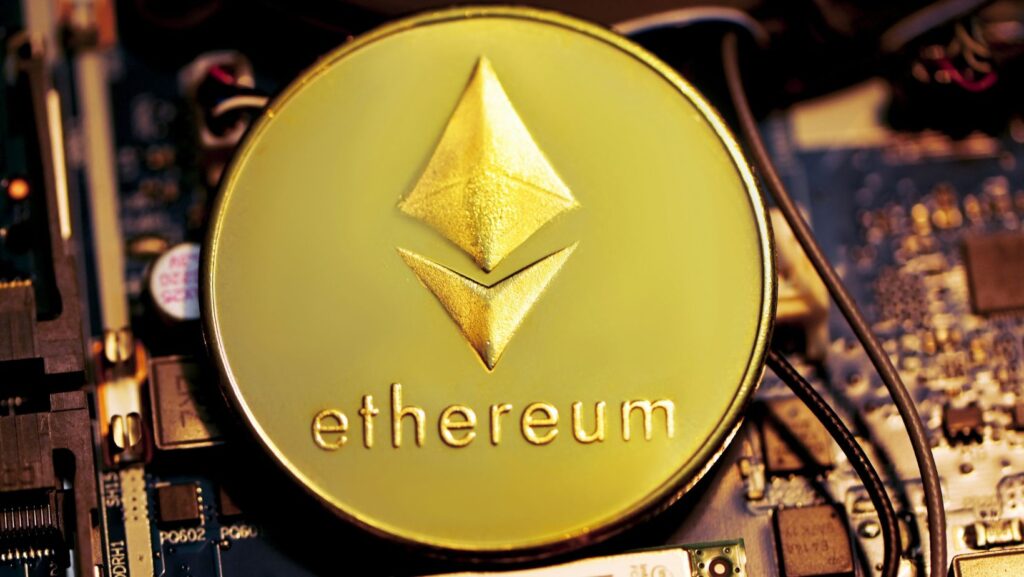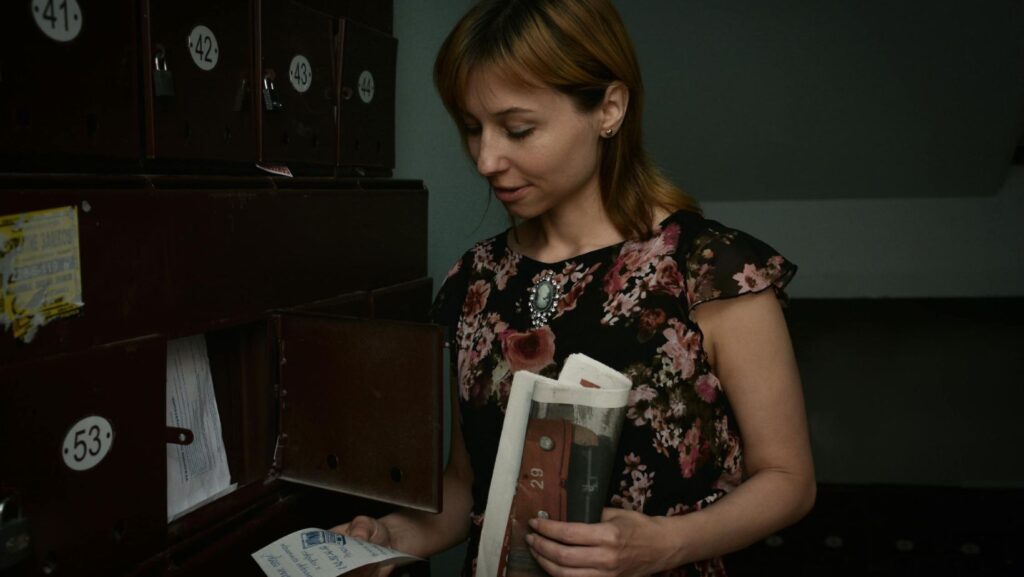Since its launch in 2015, Ethereum has evolved at a rapid pace, garnering the support of communities, individuals, and businesses worldwide. It is the second most popular cryptocurrency, offering numerous exciting features and opportunities, and over the years, it has seen substantial price appreciation. Unsurprisingly, ETH is one of the most commonly traded cryptos on an exchange, often in a popular pair like eth usdt or eth/btc.
However, there’s still a lot of room for growth in the Ethereum network, and over the years, the team behind the project has worked on various improvements. The Ethereum ecosystem is now gearing up for one of the most significant upgrades: the Fusaka upgrade. Following the successful implementation of Pectra, Fusaka aims to introduce further enhancements that will transform the Ethereum ecosystem, marking a strategic step in its long-term roadmap to boost decentralization, performance, and usability.
What Is The Ethereum Fusaka Upgrade, Anyway?
The Ethereum Fusaka upgrade is a network update that aims to introduce PeerDAS – Peer Data Availability Sampling- to enhance scalability. This will be possible by enabling validators to verify blob data through the sampling of portions, rather than downloading entire datasets. Two public testnets will follow in September and October, while Fusaka’s final launch is scheduled for early November.
The name ”Fusaka” is quite interesting, and it maintains the tradition of Ethereum to name its upgrades after cities and stars, combining “Fulu” – a Cassiopeia constellation star, and “ Osaka”- a city where a Devcon event took place in the past. Following the Pectra upgrade in May 2025, Fusaka is the next milestone on Ethereum’s technical roadmap, and it’s very promising, bringing an essential focus on smart contract reliability and showcasing lessons learned from previous upgrades.
What Is The Purpose Of Ethereum’s Fusaka Upgrade?
The Ethereum Fusaka upgrade aims to address the data availability bottleneck in Ethereum, a significant scaling limitation. Currently, validators process all blob data in each block, which causes excessive demands for storage and bandwidth, thereby restricting Layer 2 throughput and leading to increased end-user fees. However, PeerDAS aims to tackle this by enabling validators to verify data availability through small random samples, rather than entire downloads, thereby reducing resource requirements while enhancing network capacity. The end goal is for Ethereum to be able to support over L2 transactions without compromising security.

Furthermore, PeerDAS significantly enhances blob capacity, increasing from the existing nine blobs per block to a substantial 48 blobs, with a maximum of 72. This 8x upgrade delivers significant scaling advantages throughout the Ethereum ecosystem by decreasing the resource burden on validators. This extended blob capacity further results in decreased transaction costs for users of L2 solutions such as Optimism and Arbitrarium, making applications that were previously hindered by high fees more economically viable, and enhancing the utility and accessibility of Ethereum across various applications.
How Does Fusaka Upgrade Compare To Pectra?
The Pectra upgrade and the Fusaka upgrade are different approaches to the scaling challenges Ethereum deals with, but they are complementary. While Pectra’s primary focus was validator consolidation via MaxEB, Fusaka aims to transform the way data availability works across the network. Pectra enabled the introduction of EIP-7251, which helped boost the maximum effective balance from 32 ETH to 2,048 ETH. As a result, large-scale validators could consolidate operations and decrease network overhead. Furthermore, Pectra enhanced wallet functionality through EIP-7702, boosting wallet functionality with features such as sponsored gas fees and bundled transactions.
Pectra also made little improvements on the data capacity front, enhancing blob capacity to 9 blobs per block. Fusaka aims to further expand this vision with a significant 8x increase to 48 blobs per block. These two upgrades are both revolutionary and can significantly enhance the validator experience. While Pectra has led to seamless operations through consolidation, Fusaka changes the way validators interact with data. According to Vitalik Buterin, increasing blob capacity to only 16 could drive L2 fees below the $0.01k mark, but since Fusaka targets 48 blobs, the transaction costs could reach near-zero levels, making it possible for Ethereum’s L2 ecosystem to maintain decentralization and at the same time, process volumes competitive with centralized payment systems.
Will The Ethereum Fusaka Upgrade Impact ETH’s Price?
By addressing technical limitations that have driven Ethereum users to other blockchains, the Fusaka upgrade could reignite market enthusiasm. Since this upgrade is designed to enhance the network’s capabilities, users who have chosen alternatives like Solana may return to Ethereum, thereby increasing activity in the ecosystem and bringing capital back to it. Institutional investors consider blockchain architecture upgrades to be essential indicators of long-term viability. As Ethereum’s foundation strengthens through the Fusaka upgrade, cautious institutional capital may accelerate its allocation strategies, with sophisticated investors prioritizing structural developments over short-term price fluctuations.
Fusaka’s PeerDAS protocol marks a milestone for L2 networks, as it revolutionizes the way data is processed and stored. This quantum leap in efficiency is truly noteworthy, as it could serve as a catalyst for innovation and adoption across the Ethereum scaling ecosystem. Reducing validator resource requirements could draw in increased participation in staking, potentially lowering the circulating supply of Ethereum, as more tokens would be locked in staking contracts. This increased utility, combined with a constrained supply, could result in favorable price dynamics.
Does Ethereum’s Fusaka Upgrade Pose Any Risks?
The Fusaka update comes with numerous advantages, but it also poses challenges that could affect the security, timeline and reliability of Ethereum unless effectively handled. These risks are associated with all the complexities that come with implementing PeerDAS, as well as the difficulty of team client coordination and they include the following:
- PeerDAS implementation challenges: Suppose data sampling doesn’t entirely ensure blob availability. In this situation, the data reliability model of Ethereum could decrease under significant network load.
- New EIPs’ scope creep: Implementing too many EIPs could make testing overcomplicated, leading to undetected errors while also slowing developer focus.
- Client coordination problems: Fusaka demands faultless updates across execution and consensus layers, and, unlike simpler upgrades in the past, this can increase the difficulty of implementation.
- Rollback challenges: Fixing essential Fusaka changes or reversing them after its launch would be genuinely difficult, particularly from bugs buried inside EOF or PeerDAS structures.
Last Words
Fusaka is one of the most promising upgrades in Ethereum’s history, and by addressing fundamental limitations, it could strengthen the network’s position in the blockchain ecosystem while also driving long-term adoption. However, there are a few challenges that need to be overcome for its implementation to be successful. If carried out well, Ethereum’s Fusaka upgrade represents the beginning of a new era for Ethereum enthusiasts; therefore, it’s essential to stay up-to-date with the latest news and see how things unfold.



